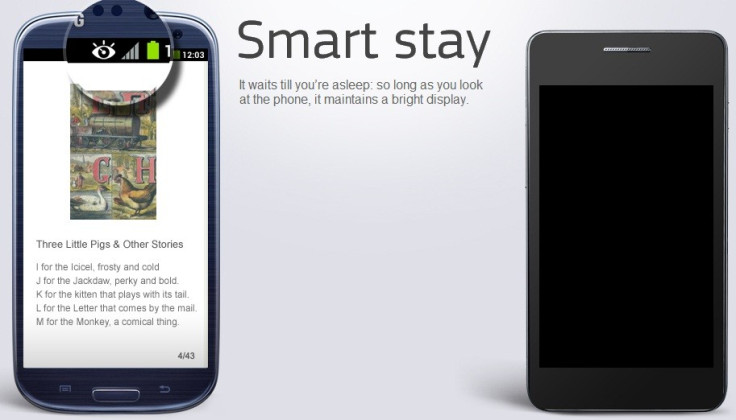Samsung Galaxy S3 Vs Galaxy S2 T-Mobile: How Strong is the War Within the Family?
Samsung has received nine million pre-orders for the next Galaxy S smartphone.

The Samsung Galaxy S2 (for T-Mobile), also known as the Samsung Hercules, was released in October and features a bigger screen of 4.52in. The smartphone also has Near Field Communication (NFC) technology enabled and unlike the global version, the Galaxy S2 T-Mobile features a Qualcomm Snapdragon S3 processor.
Check out how the T-Mobile-bound Galaxy S2 stacks up against the forthcoming Galaxy S3
Display
The Galaxy S2 T-Mobile features a larger screen that both its global cousin and among all T-Mobile smartphones. The screen has a resolution of 480x800 pixels and a pixel density of 206 pixels per inch (ppi) and a Super AMOLED capacitive touchscreen. The display is protected by Corning Gorilla Glass and the device features the TouchWiz User Interface (UI) v4.0.
The newly launched Galaxy S3 smartphone features the same display as the Hercules but has a bigger - 4.8in - display, with a resolution of 720x1280 pixels and a pixel density of 306 ppi.
Dimensions
The Galaxy Hercules measures 129.8x68.8x9.4mm and at 135g is slightly heavier than its global version. The S3 measures 136.6x70.6x8.6mm and weighs 133g.
Operating System
The Galaxy Hercules runs on Android 2.3.5 (Gingerbread). However, Samsung recently confirmed the phone would get an update to Android 4.0 (Ice Cream Sandwich).
The S3 will come preloaded with Android 4.0.4 (Ice Cream Sandwich).
Processor
Unlike the global version, which is powered by a 1.2GHz dual-core Exynos processor, the Hercules will have a Qualcomm APQ8060 Snapdragon chipset with a dual-core 1.5GHz Scorpion processing unit. The Galaxy S3 is powered by a 1.4GHz quad-core Exynos 4 processor. Both smartphones pack 1GB of RAM.
Camera
The Galaxy S2 sports an eight megapixel primary camera with auto-focus, LED flash, geo-tagging, touch-focus, face and smile detection and image stabilisation. The camera captures video in 1080p at 30 frames per second (fps). The handset sports a two megapixel front-facing camera.
The Galaxy S3 also has a main camera of eight megapixels with auto-focus, LED flash, geo-tagging, touch-focus, face and smile detection and image stabilisation. However, it also boasts of the ability to simultaneous record HD video and shoot photographs. The camera can record video at 1080p and 30 frames per second (fps). The handset has a secondary camera - 1.9 megapixels - which can record video in 720p at 30 fps. The phone features a technology called Smart Stay - the front-facing camera recognises when the user is looking at the phone and when his/her attention is away from the device. At the latter point, the device automatically locks itself.
Connectivity
The Hercules has Wi-Fi 802.11 a/b/g/n, DLNA, Wi-Fi Direct, Wi-Fi hotspot , NFC (optional) and Bluetooth v3.0 with A2DP and HS. It supports data speed up to HSDPA 42Mbps and HSUPA 5.76Mbps.
The Galaxy S3 will offer Wi-Fi a/b/g/n, Wi-Fi HT40, NFC and Bluetooth v4.0. It will support data speed up to HSDPA 21Mbps and HSUPA 5.76 Mbps and the phone can connect to 4G networks in compatible countries.
Storage
The Galaxy Hercules offers storage space options of 16GB/32GB, as does the S3. However, the latter is expected to also have a 64GB model soon. Both smartphones support microSD card expansion options.
Battery
The Galaxy Hercules for T-Mobile runs with a more powerful battery than the global version, which packs a 1650mAh battery. The Hercules has a Li-ion 1850mAh battery. The S3, meanwhile, is powered by a Li-ion 2100mAh unit.
© Copyright IBTimes 2025. All rights reserved.





















